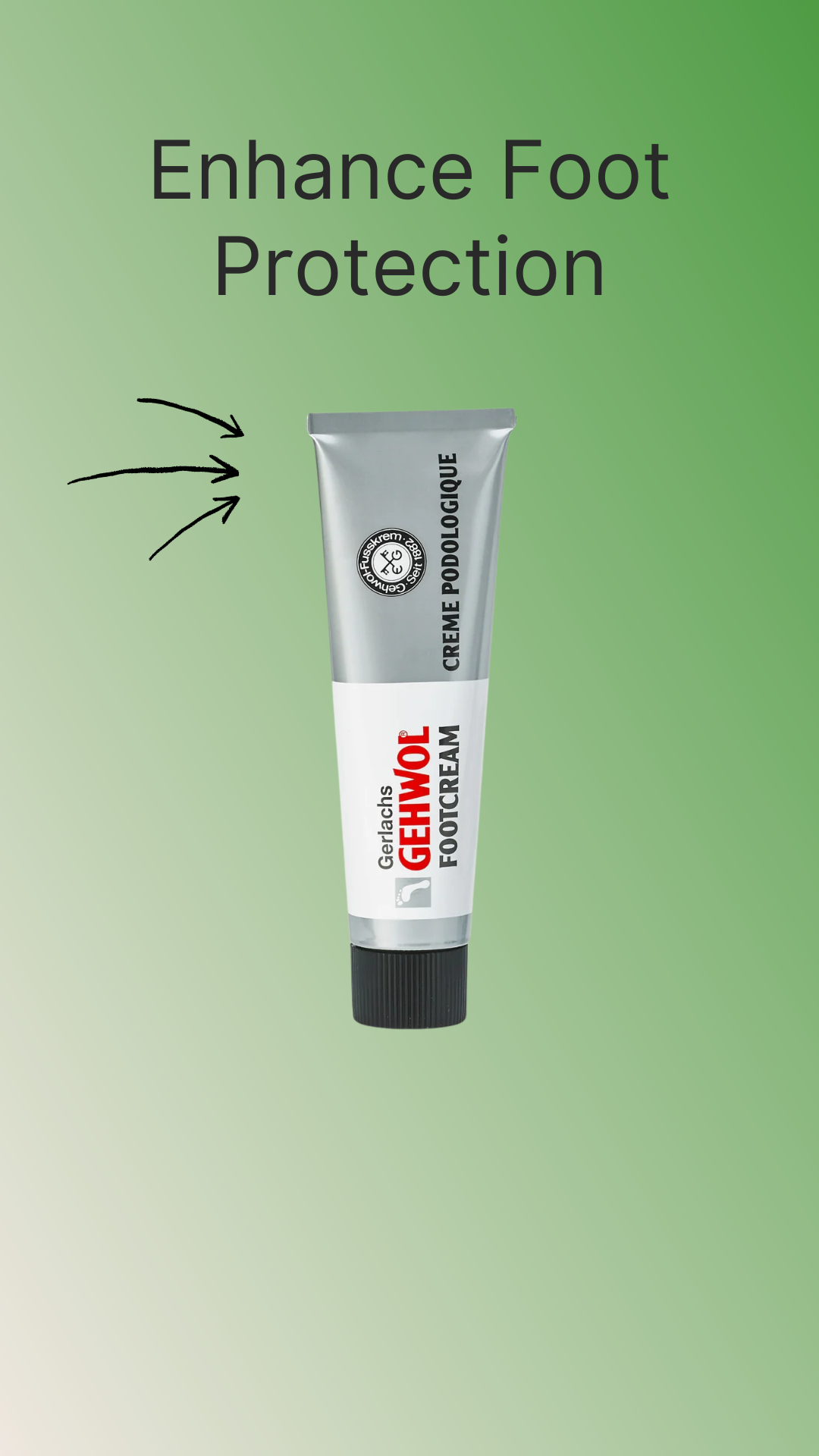Recovering from foot, ankle, knee, or hip surgery requires patience, rest, and — importantly — the right footwear. The wrong shoes can slow down your healing, increase pain, and even risk injury. The right ones, however, provide support, reduce swelling, and help you get back on your feet faster.
Whether you’ve had bunion surgery, ankle stabilisation, knee replacement, or other procedures, post-surgery shoes should prioritise stability, cushioning, and adjustability. In this guide, we’ll explore what to look for, why it matters, and some of the best options in the UK for a smooth recovery.
Why Post-Surgery Footwear Matters
When you’re healing, every step can put stress on your joints, muscles, and surgical site. Proper post-surgery shoes can:
-
Promote correct foot alignment and reduce strain
-
Minimise pressure on healing areas
-
Offer shock absorption to prevent discomfort
-
Support mobility while preventing slips or trips
-
Adjust to swelling or bandages with ease
The right shoes aren’t just about comfort — they’re a vital part of your recovery plan.
Key Features to Look For in Post-Surgery Shoes
• Extra Depth & Wide Fit
After surgery, swelling and dressings mean your feet need more space than usual. Extra-depth designs prevent rubbing and allow for comfortable bandage accommodation.
• Adjustable Fastenings
Velcro straps or wide laces make it easier to put shoes on and take them off, especially if bending is painful. They also let you loosen or tighten the fit as swelling changes.
• Cushioning & Shock Absorption
Memory foam or multi-layer cushioning absorbs impact, protecting your healing joints and reducing pain during walking.
• Non-Slip Soles
Recovery often means moving slower — non-slip outsoles keep you steady on wet, smooth, or uneven surfaces.
• Lightweight Construction
Heavy shoes can tire your legs quickly and put strain on healing muscles. Lightweight materials make mobility easier.
• Medical-Grade Design
Look for orthopedic or diabetic-friendly footwear that meets medical standards for safety and support.
When to Transition from Medical Boots to Recovery Shoes
After surgery, many people start with a walker boot or surgical shoe provided by the hospital. Once your surgeon or physiotherapist approves, you can transition to supportive orthopedic shoes.
Signs you’re ready to switch:
-
Reduced swelling and pain
-
The ability to walk without a walker boot
-
Clearance from your healthcare provider
-
Your surgical wound is fully healed and no longer requires bulky dressings
Best Post-Surgery Shoe Options in the UK
If you’re shopping in the UK, here are some types of shoes to consider:
• Orthopedic Walking Shoes
Ideal for everyday wear once you’re mobile again. Look for rocker-bottom soles to reduce pressure when stepping.
• Recovery Sandals (for Warm Weather)
If your surgery was in spring or summer, wide-strap orthopedic sandals allow breathability and adjustable comfort.
• Diabetic-Friendly Shoes
Even if you’re not diabetic, these are designed for sensitive feet — with extra cushioning, seamless interiors, and protection against rubbing.
• Slip-On Orthopedic Trainers
Perfect for those with limited flexibility, offering easy wear without compromising support.
Tips for Choosing the Right Size Post-Surgery
-
Measure both feet in the afternoon when swelling is more noticeable
-
Wear any recovery socks or bandages you normally use when trying on shoes
-
Prioritise width and depth over length if your swelling is significant
-
Avoid tight or rigid styles — comfort and adjustability are key
Caring for Your Feet During Recovery
Foot care is just as important as your footwear:
-
Elevate your feet regularly to reduce swelling
-
Ice as recommended by your healthcare provider
-
Wear socks made from breathable, non-restrictive materials
-
Check your skin daily for signs of rubbing or irritation
FAQs
Q: Can I wear my regular shoes after surgery?
A: Not immediately. Your regular shoes may be too tight, lack the necessary cushioning, or cause pressure on healing areas.
Q: How long will I need post-surgery shoes?
A: It depends on your surgery type and recovery progress — typically from a few weeks to several months. Always follow your doctor’s advice.
Q: Are orthopedic shoes worth the investment?
A: Yes. They can prevent complications, improve mobility, and make your recovery more comfortable.
Q: Can I use the same shoes for recovery from different surgeries?
A: Yes, as long as they provide the right support, fit, and cushioning for your specific needs.
Final Thoughts
Post-surgery recovery is a journey — and your shoes are your partners along the way. Choosing supportive, well-fitted footwear can reduce pain, protect your healing area, and help you regain your independence sooner.
Whether you opt for wide-fit orthopedic shoes, cushioned diabetic-friendly designs, or lightweight walking trainers, the right choice can make a world of difference. Don’t rush your purchase — take time to try different styles, check the fit with your swelling, and consult your healthcare provider.
Your recovery deserves the best foundation — starting with your feet.


